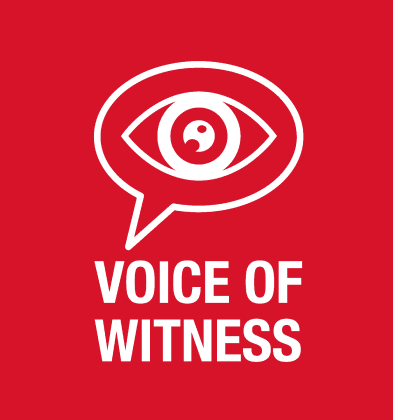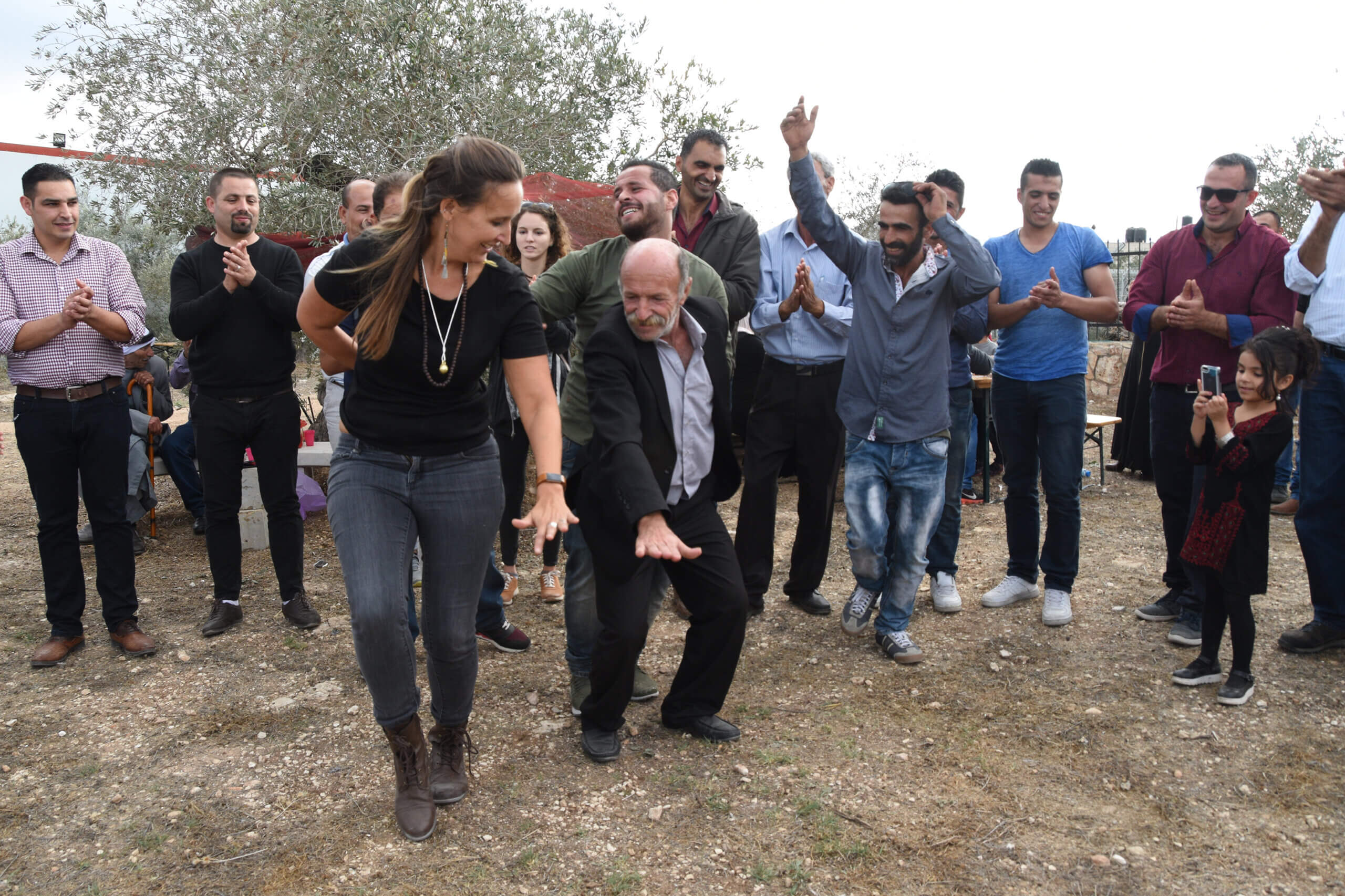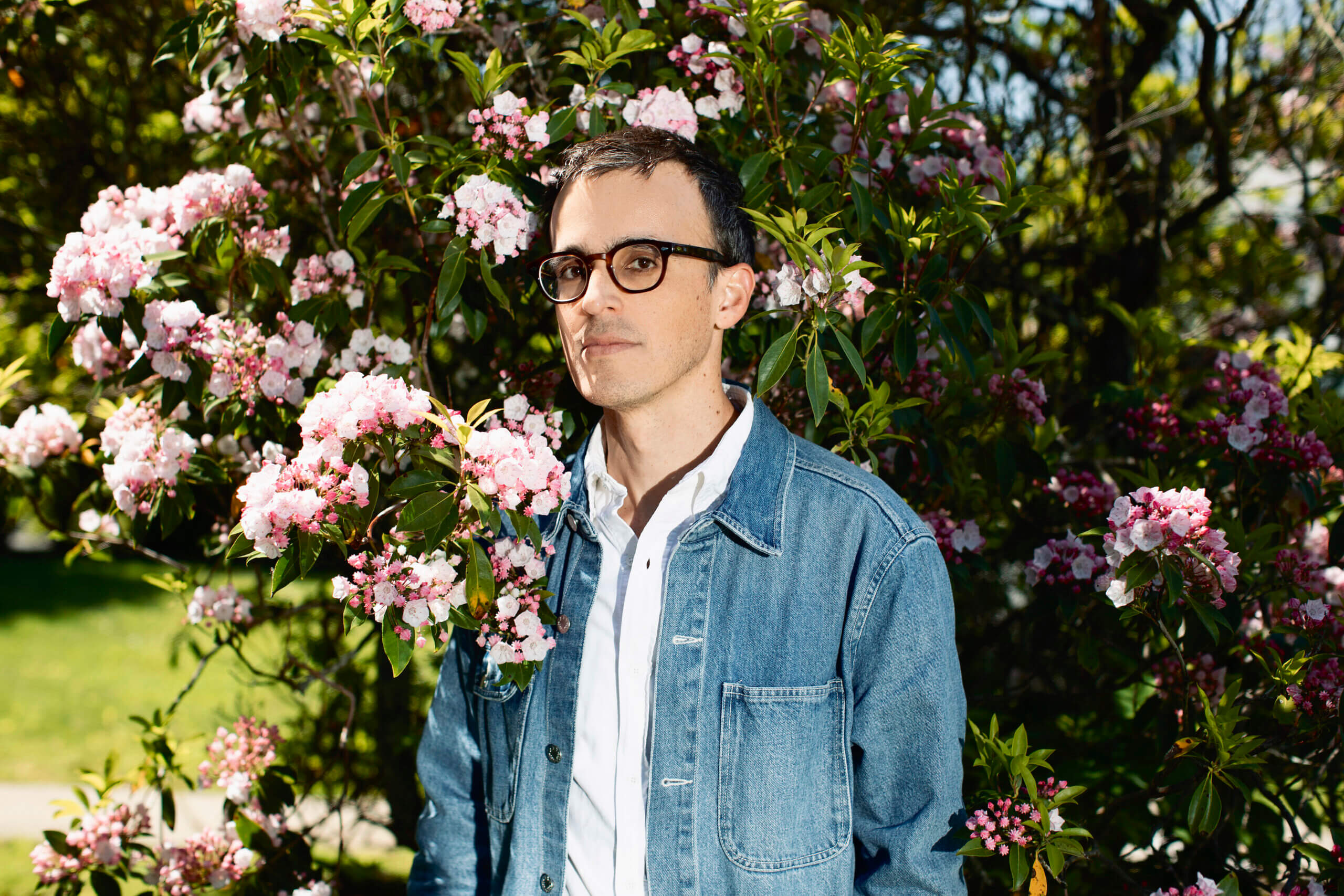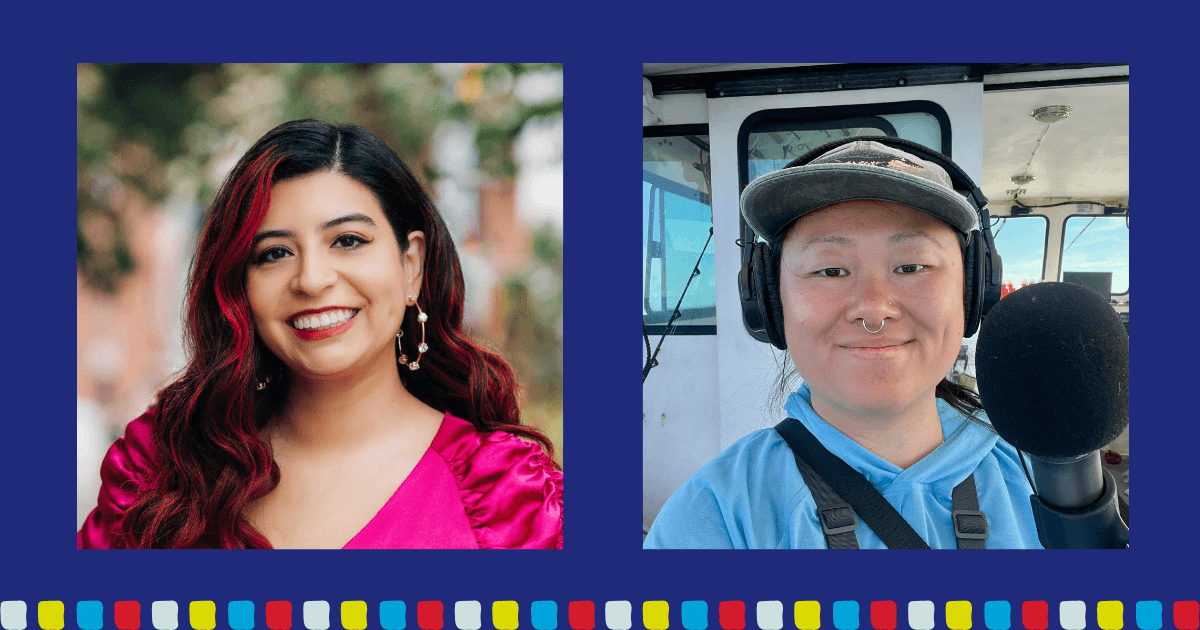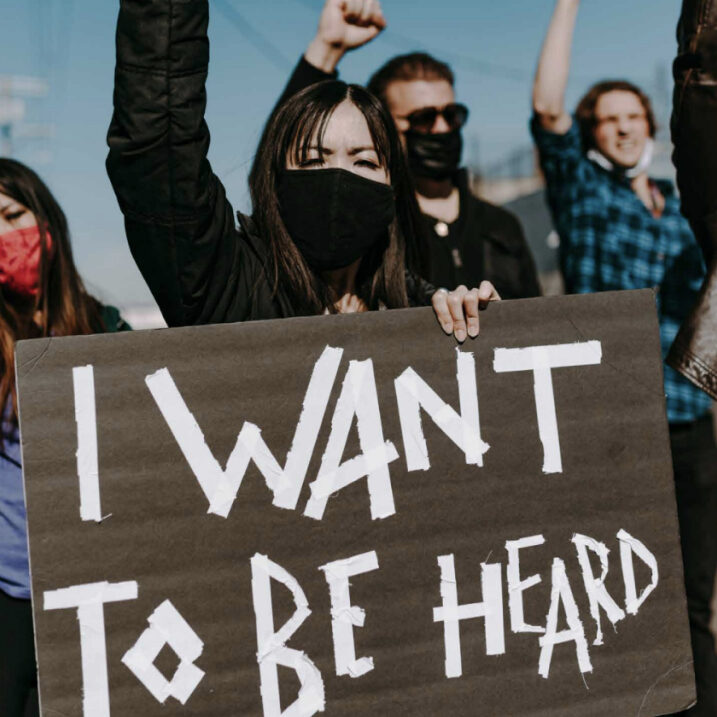Guest Blog by Praveena Fernes
Praveena Fernes is a member of Voice of Witness’s education advisory board, which assists the education program with strategic goals, assessment, new initiatives, and outreach. Praveena’s long involvement with Voice of Witness began when she was a student at Mission San Jose High School in Fremont, California. In this blog, Praveena reflects on her work as a Fulbright Research Scholar conducting community-based participatory research to examine assets and barriers to healthy living in dam-affected wetlands in Northeast Thailand.
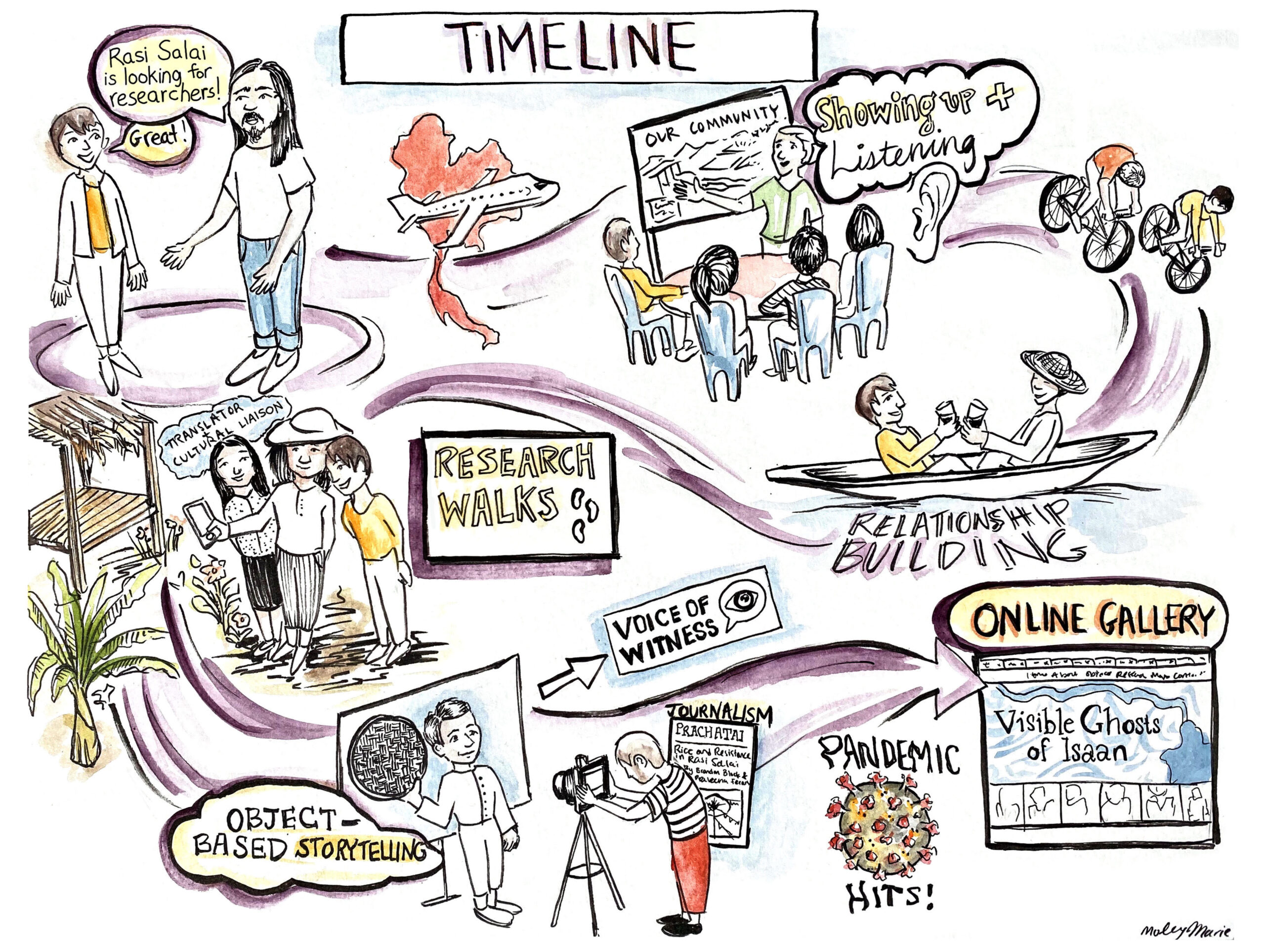
This past year, I’ve been working on Visible Ghosts, a virtual installation that illuminates villagers’ evolving relationship to the Mun River and wetlands in Thailand over the past quarter century, through objects, maps, and citizen science research. Since its construction in 1992, the Rasi Salai Dam on the Mun River has displaced people, violated their rights, and destroyed natural resources. In 2019, community leaders in Rasi Salai and faculty at Ubon Ratchathani University and Khon Kaen University invited me to document these impacts using Stanford’s Discovery Tool (DT) and Our Voice Framework and curate an object-based storytelling exhibit.
This citizen science approach involves community members leading research projects. Under Dr. Jylana Sheats, I had previously used Stanford University’s Our Voice Framework to examine assets and barriers to food access in New Orleans. Citizen scientists used the DT, an app–based environment assessment tool that captures photographs and geocoded audio narratives about neighborhood features they perceive as helping and hindering their active living choices. Participants collectively prioritized relevant issues to address, brainstormed potential solutions, and advocated for realistic policy-level changes with local decision makers. I began to appreciate the strengths-based perspective intrinsic in the DT that is often missing in public health research and programming.
After using the DT in New Orleans, I was invited to use the DT in a dam-affected community in Thailand with the support of a Fulbright research grant. After studying abroad in Thailand in 2017, I stayed connected to public health and land rights issues in Isaan through Radical Grandma Collective, Isaan Record, and ENGAGE. Since its construction in 1992, the Rasi Salai Dam has negatively affected approximately 17,000 people via displacement, health and human rights violations, and natural resource destruction.
One way to center rights-holders in research efforts is to adopt a storytelling, empathy-based approach. Storytelling and oral history are at the core of humanity—it is what connects us, it builds empathy and cross-cultural understanding, and it is a tool for survival. I was 15 when I was first introduced to this concept through Voice of Witness (VOW), an organization that illuminates contemporary human rights crises through an oral history book series and education program. Through my seven years of working with VOW, I have learned to use storytelling in my public health work. My study used visual and narrative data, participatory technology, and a geospatial approach that align with my commitment to employing storytelling in health research (explore the project’s data here).
While meeting the community’s request for documenting these impacts, I curated an object-based storytelling exhibit, Visible Ghosts, to illuminate villagers’ evolving relationship to the Mun River and wetlands in collaboration with 100+ community, academic, and advocacy partners. This storytelling project offered creative ways to elevate community voices, foster indigenous leadership and autonomy, and generate a shared and nuanced understanding of environmental health issues that impact the human condition. I witnessed how the cross-pollination of ideas among visual artists, public health researchers, and grassroots organizers can unearth new findings in all three fields.
As an outsider/curator/researcher, I rooted my work in building relationships and connecting people and ideas. This often looked like extending dinner to drink whiskey with villagers, biking along the Mun river with NGO liaisons, and pitching my art exhibit to potential collaborators in settings I least expected (while at a cafe, music show, even on public transportation). It was especially an honor to interview and learn from members of the Assembly of the Poor, a nationwide organization that emerged in the mid-1990s in the wake of large-scale international development schemes. Their multi-generational movement uses collective action as a strategy to engage government officials in negotiations to address massive ecological disruptions such as the Rasi Salai dam.
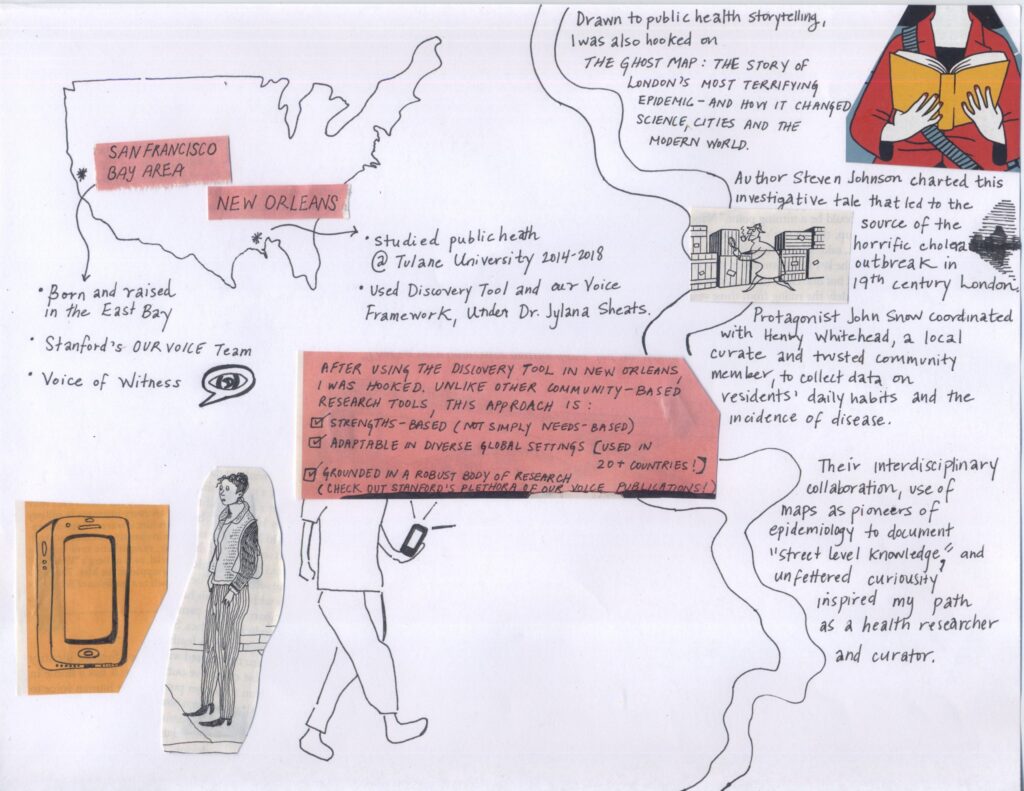
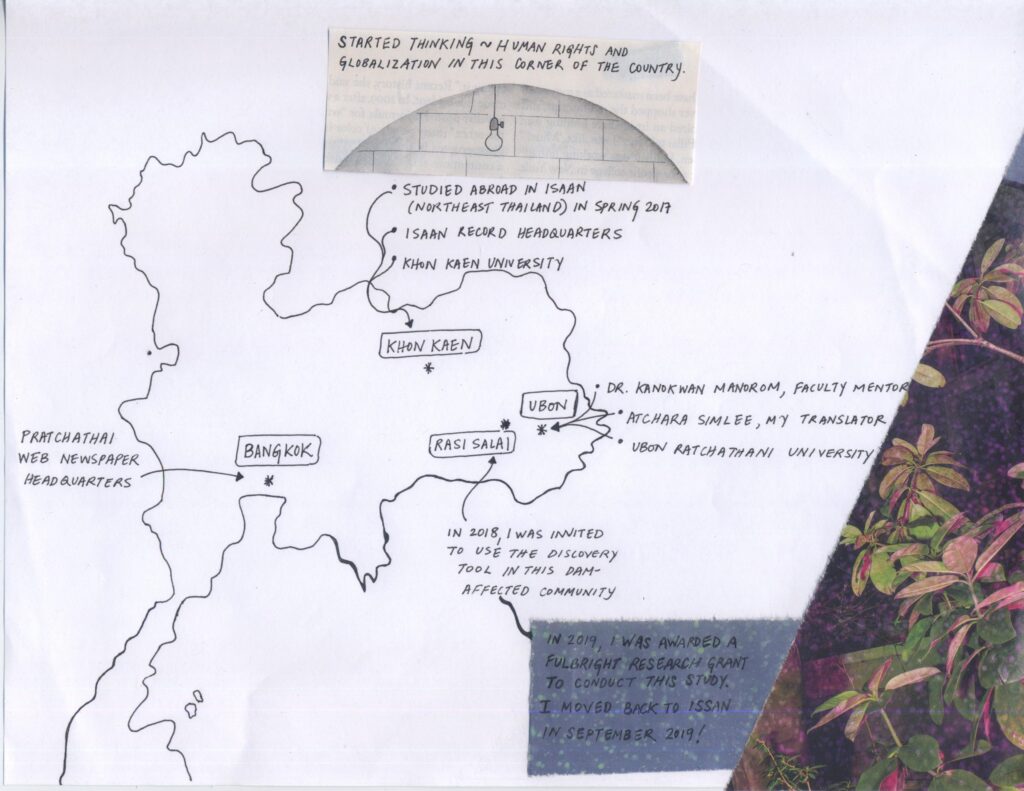
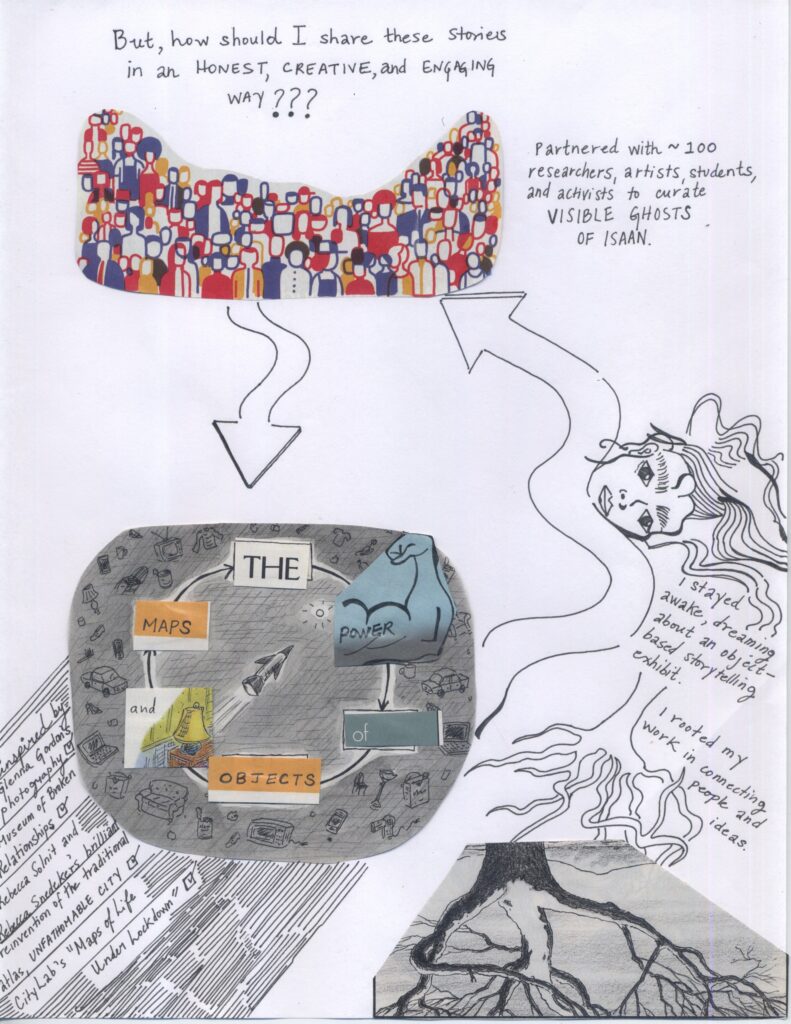
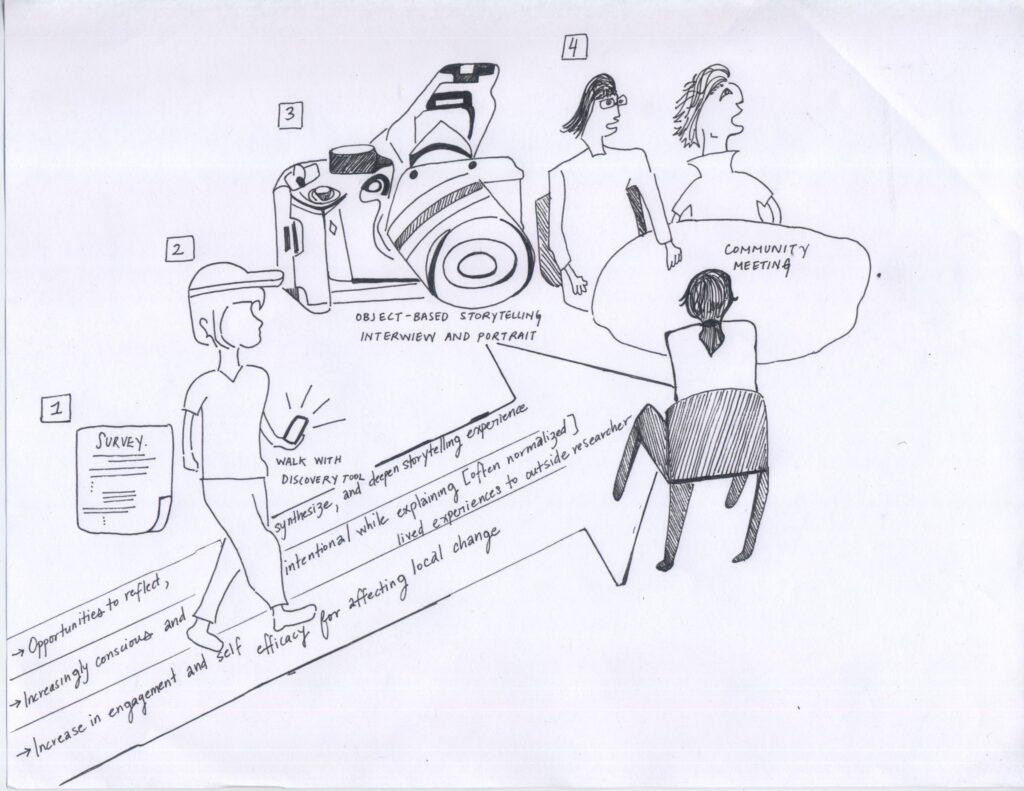
Reimagining the Exhibit During COVID-19
As the pandemic evolved, I had to quickly evacuate Thailand before borders closed. Amidst teary-eyed rushed packing, I felt a growing determination to complete the daunting task ahead: How would I curate a storytelling exhibit from my bedroom in the US?
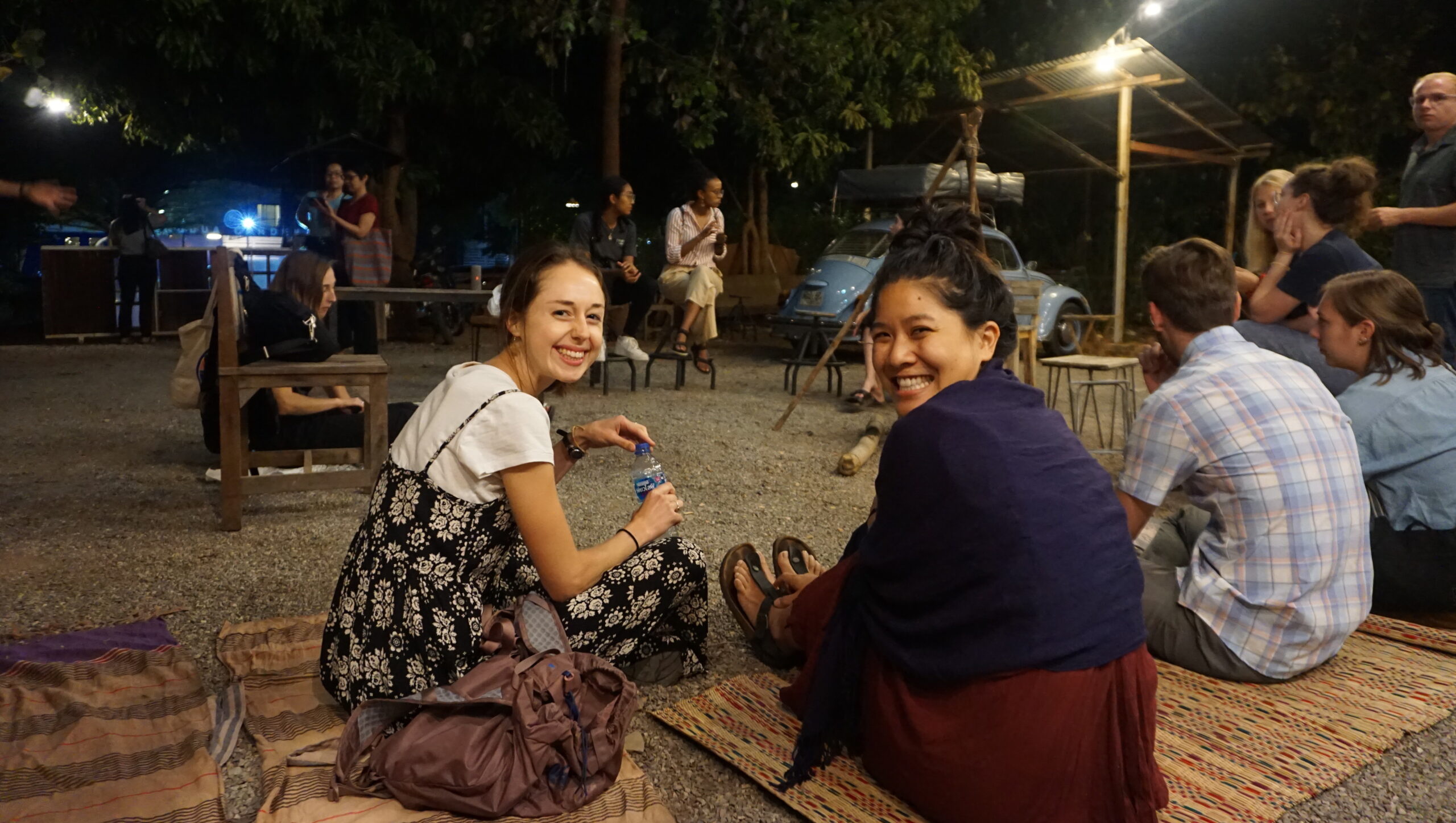
I would often explain my research walks in Thailand by asking the same questions I prompted citizen scientists with in Rasi Salai:
- How is your health and happiness connected to your normal walking route, place of comfort, built environment, or home?
- What are positive, negative, or complicated features of your neighborhood?
- How has your relationship with your neighborhood changed over time?
I was struck by the diverse, map-like descriptions I got in response, and put out a broader call for submissions to include in Visible Ghosts. These response pieces from friends, artists, and colleagues tie together mapped walks and place-based storytelling.
Visible Ghosts has evolved into a multimedia installation and is an interactive work in progress. While this project speaks directly to the experiences of those who currently live in Rasi Salai, it also includes space to continue an international dialogue around identity, environmental justice, and neighborhoods as units for change.
During and after my Fulbright tenure, I was able to share the power of object-based storytelling via workshops with teacher, student, and activist groups all over the globe. I partnered with Voice of Witness to create pedagogical tools to use object-based storytelling in classrooms, a technique especially useful for English Language Learners.
Visible Ghosts is accessible online at: https://www.visibleghosts.com/
